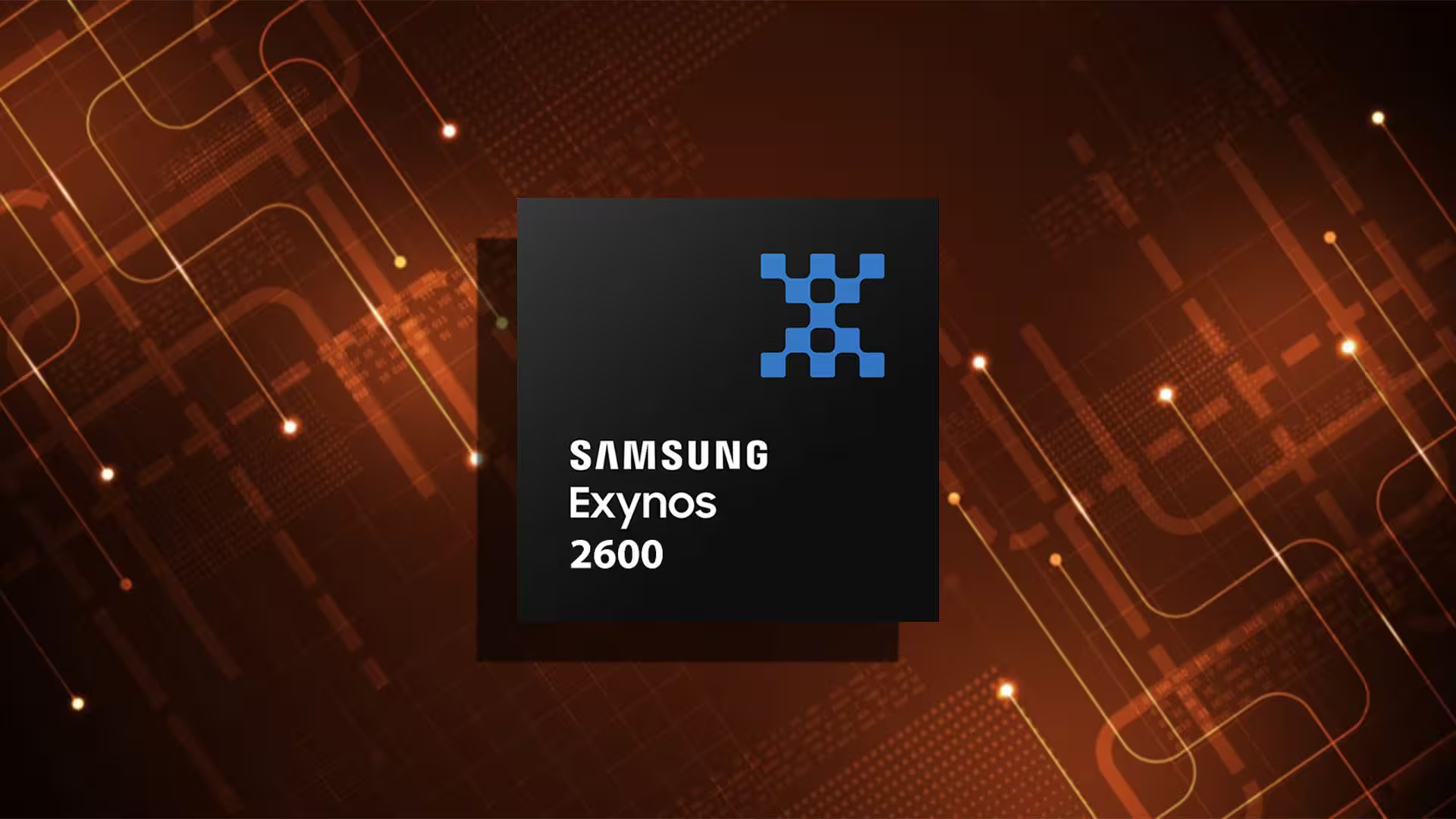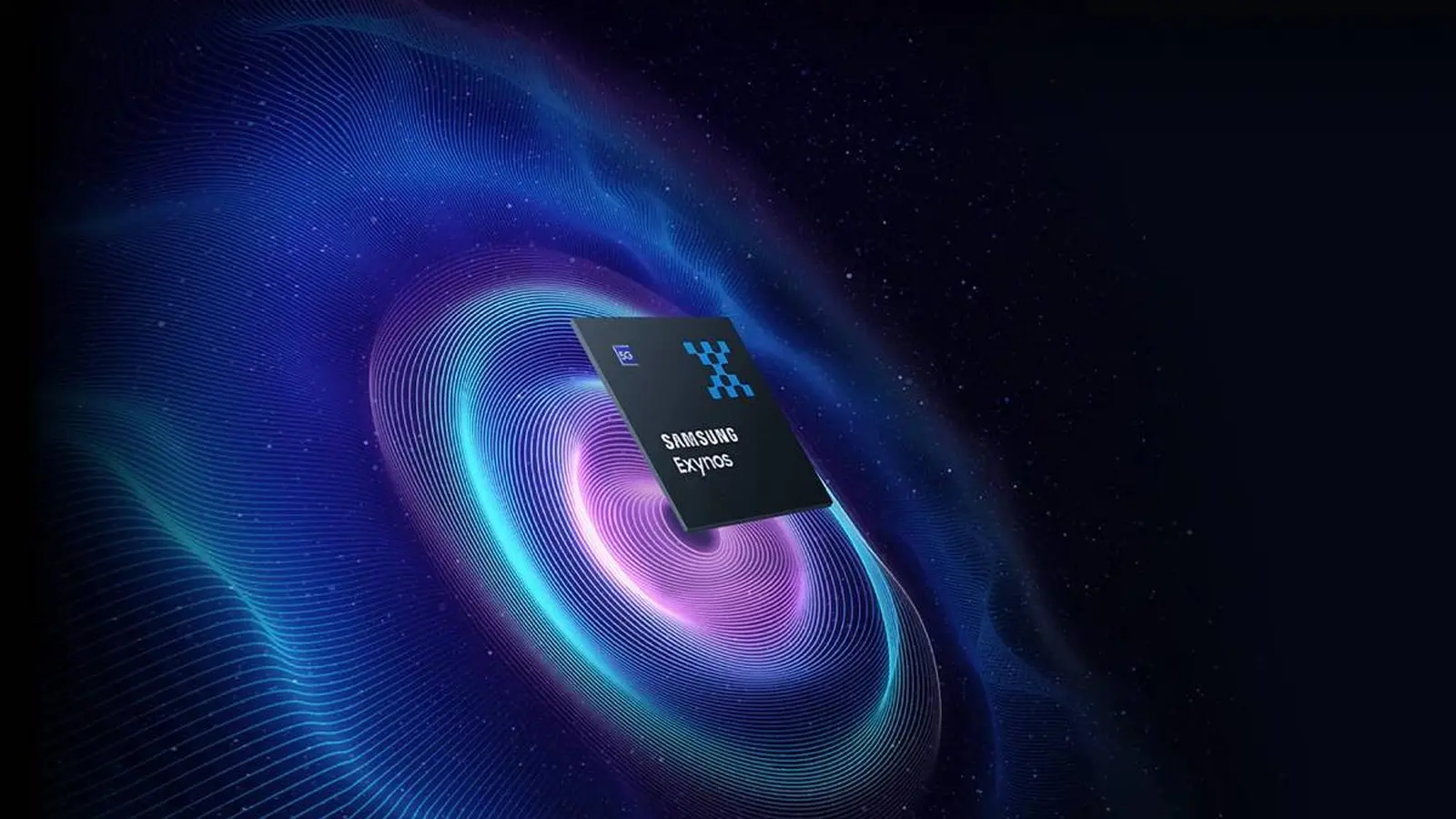3 Minutes
Samsung’s upcoming Exynos 2600 — touted as the company’s first 2nm GAA mobile SoC — is being positioned as a performance leap. Internal tests shared by Korean outlets paint a dramatic picture: massive AI gains, big GPU jumps, and solid compute figures. But lab results and real-world use are two different stories.
What Samsung’s internal numbers say — and the standout claims
According to the leaked internal benchmarks, Samsung’s engineering team reported striking advantages over current flagships. The highlights published in Korea Economic Daily include:
- AI: Exynos 2600’s NPU allegedly delivers roughly 6× the AI throughput of Apple’s A19 Pro neural engine.
- Against Snapdragon: NPU is claimed to be about 30% faster than the Snapdragon 8 Elite Gen 5’s NPU.
- GPU: A 75% lead versus the A19 Pro’s 6-core GPU and a 29% advantage over Qualcomm’s Adreno 850.
- Compute: Around a 14% multi-core uplift compared to the A19 Pro; compute comparisons with Snapdragon were not disclosed.
Head-turning numbers. If true in phones, they’d reshape the flagship landscape. But put a pause on the hype for a moment.

Why lab numbers can be misleading
Internal testing environments are built to show silicon at its best. Companies often run chips under idealized conditions that real customers won’t experience: cooled rooms, extended power limits, and engineering hardware designed to avoid the thermal constraints of a slim retail phone. Those choices can drastically inflate short-burst scores.
Two practical effects to watch for:
- Thermals and throttling — a chipset that screams fast for a 30-second benchmark may fall back once heat builds inside a phone chassis.
- Power draw — unlocking power limits can make an SoC hit impressive peak numbers, but at the cost of energy efficiency and battery life in real devices.
In short: controlled lab wins don’t guarantee sustained, everyday performance in a Galaxy S26-sized chassis.
When we’ll know the real story
Samsung plans to introduce the Exynos 2600 in the coming months, and the first honest tests will come from retail Galaxy S26 units (or equivalent) running finished software. What the market should verify:
- Independent benchmarks on final hardware, not engineering samples.
- Sustained workloads to measure thermal throttling over time.
- Power efficiency and battery drain under mixed real-world use.
- AI workloads that reflect everyday on-device tasks (image processing, voice models, AR inference), not synthetic peak-NPU loops.
Quick checklist for reviewers
- Compare peak and sustained scores — long-duration runs matter more than 10-second spikes.
- Measure battery impact while running AI and gaming workloads.
- Test in a retail phone with final thermal design and tuned power profiles.
Skepticism doesn’t mean dismissal. The Exynos 2600 could well be a strong comeback for Samsung’s silicon efforts — but until independent, real-world testing appears, treat the bold lab claims as promising yet provisional. Curious about the rumors and timelines? Keep an eye on Galaxy S26 previews and our ongoing chipset coverage.
Source: wccftech


Leave a Comment